Press
March 26, 2021
All About Allergies: Be Ready for Spring
Spring allergies are triggered as trees start blooming and billions of pollen grains are released into the air, causing susceptible individuals to develop allergic rhinitis (hay fever). In these patients, the pollen causes degranulation of mast cells, which contain inflammatory mediators (histamine and other allergy-causing chemicals). This process is clinically represented by the following:
- Red, watery, itchy eyes
- Sneezing
- Runny nose
- Postnasal drip
- Itchy, scratchy throat
- Sinus headaches
- Feelings of sinus fullness
In addition to these symptoms, inflammatory mediators lead to swelling and hypertrophy of the nasal turbinates, as well as to possible loss of taste and smell. In 2018, 19.2 million adults in the United States were diagnosed with hay fever over a 12-month period.
Pollen can also trigger asthma attacks, with inflammatory mediators from degranulated mast cells causing airway inflammation, bronchial hyperresponsiveness, and airflow obstruction—the last being a consequence of factors such as acute bronchoconstriction, airway edema, and mucous plug formation.
The child in the image has so-called allergic shiners, a term describing the periorbital edema that can occur in allergic rhinitis and sinusitis.








